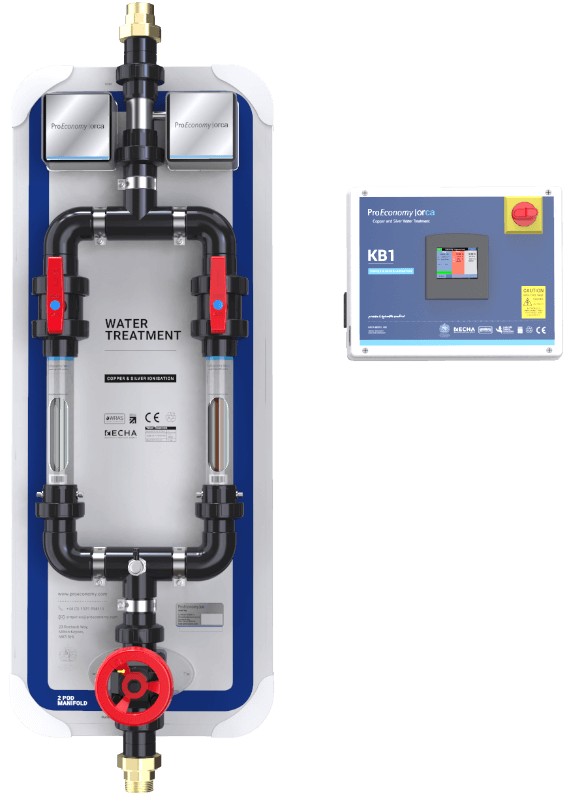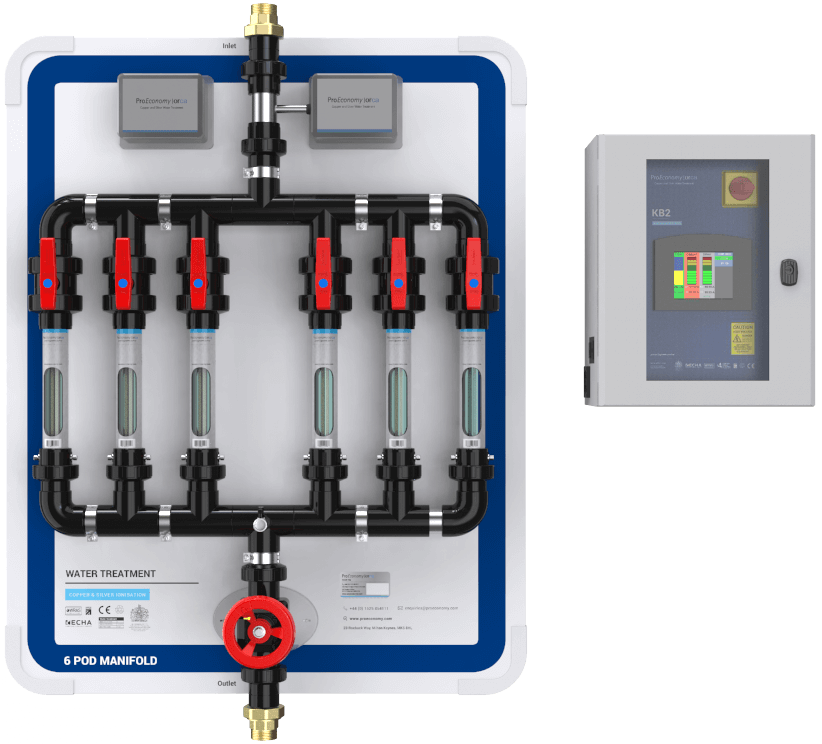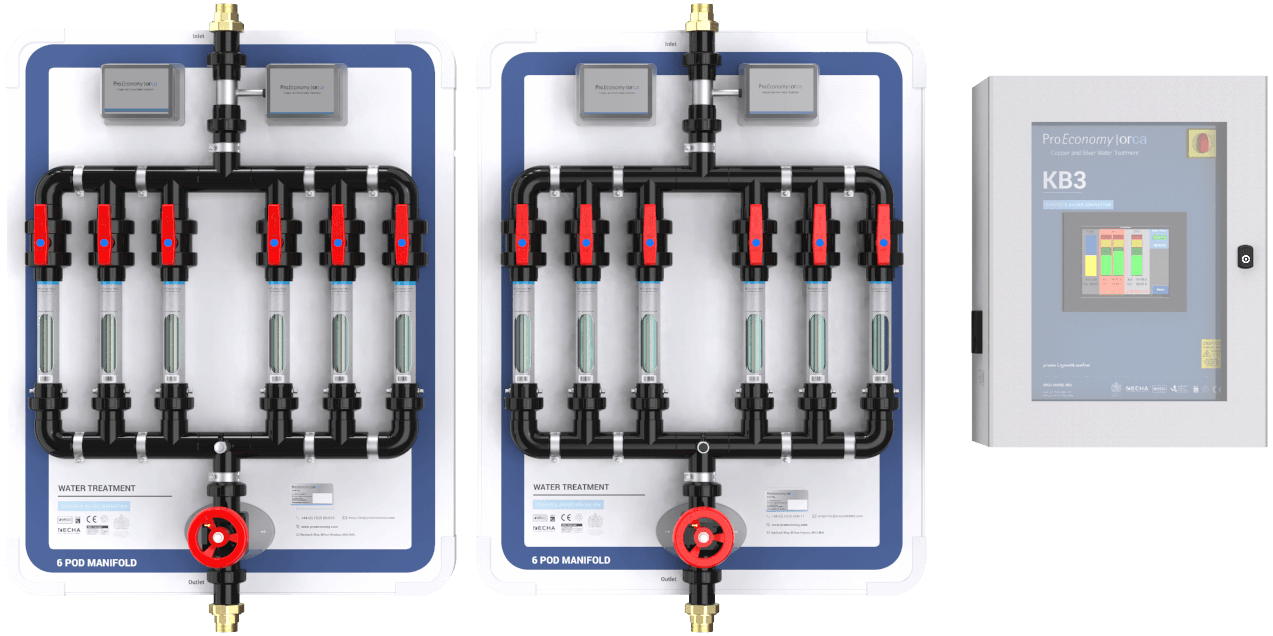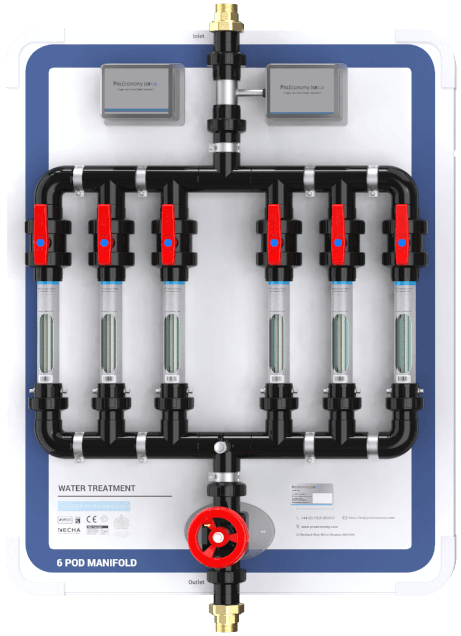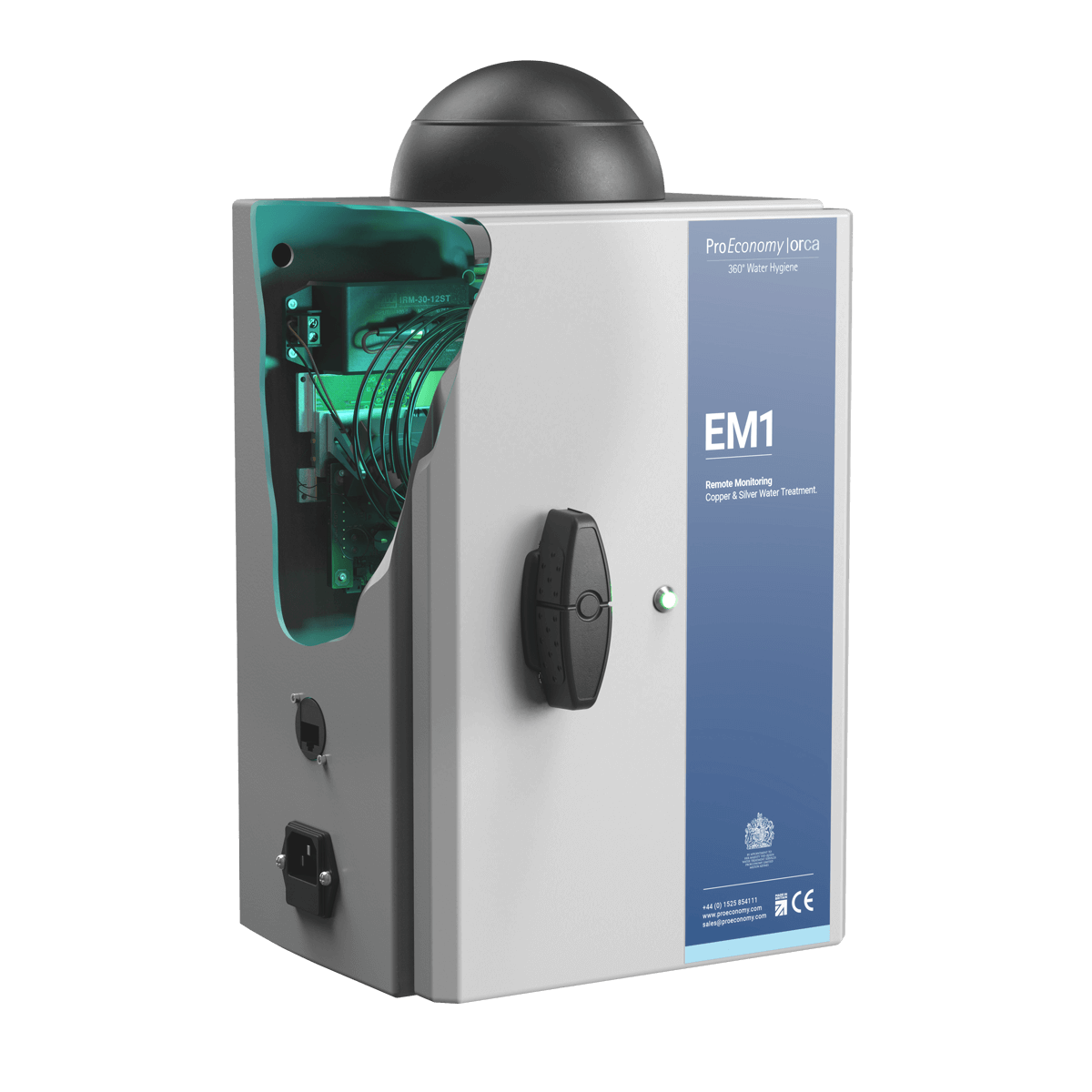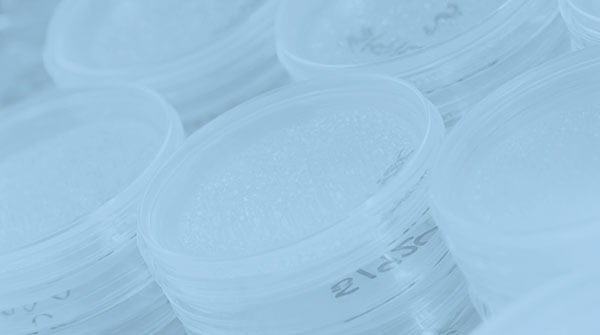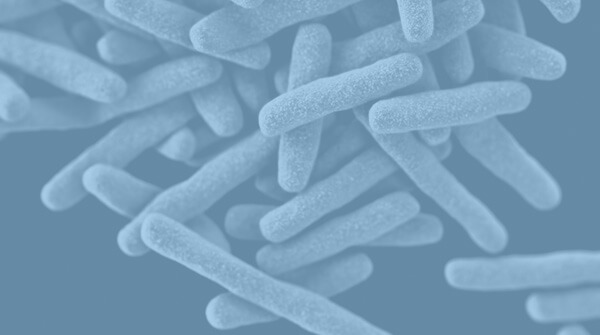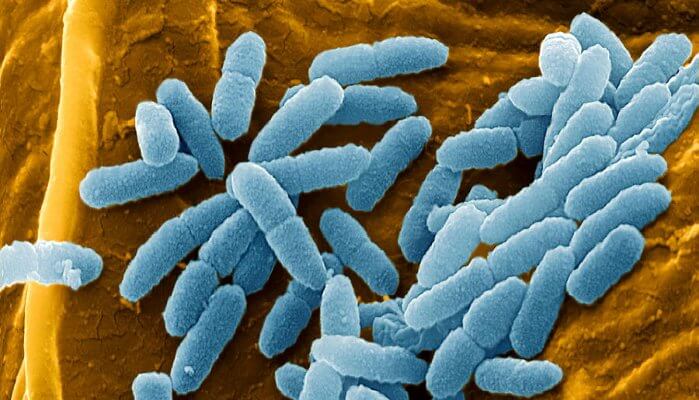
What Is Pseudomonas Aeruginosa?
Pseudomonas aeruginosa is a common biofilm-forming Gram-negative bacterium often found in soil and ground water, which is implicated in diseases especially of the lungs. It is an opportunistic pathogen, but rarely affects healthy individuals. It can however cause a wide range of infections in almost any organ or tissue, particularly in patients with a weakened immune system, such as cancer patients, newborns and those with severe burns, diabetes or cystic fibrosis (DH, Estates & Facilities, 2013). P. aeruginosa is also commonly associated with antibiotic resistance.
Pseudomonas Aeruginosa In Healthcare
As a direct result of the deaths of four neonates in Northern Ireland in 2012, guidance documents, addendum to Health Technical Memorandum 01-04 (DH, England, 2013) were produced to advise National Health Service managers on how to deal with the presence of P. aeruginosa in augmented care units. The guidance was based on current expert opinion and limited scientific evidence (Walker and Moore, 2015). The document is concerned with controlling and/or minimising the risk of mortality due to Pseudomonas Aeruginosa In Healthcare water outlets.
An important path of P. aeruginosa contamination is biofilms (Bedford et al. 2012). A study by Quick et al. (2014) gave confirmation of P. aeruginosa genotypes in biofilms by whole-genome metagenomic shotgun sequencing. They showed that plumbing parts, such as flow straighteners, shower rosettes, flexible hoses, solenoid valves and thermostatic mixer valves (TMVs) are particularly at risk of biofilm formation due to factors such as surface areas, complex designs and inadequate pasteurisation. Their study confirmed the presence of P. aeruginosa in scraping from a shower room TMV and the species covered 95% of the base reference genome. Although most bacteria will remain fixed within biofilms, some will become detached resulting in free-floating or planktonic forms that can contaminate the water layer above the biofilm (DH, Estates & Facilities, 2013).
Controlling P. aeruginosa with Copper and Silver Ionisation
A study by Huang et al (2008) showed that all copper ion concentrations tested, at the concentration applied to Legionella control in their study (0.1–0.8 mg/L) achieved more than 99.9% reduction in P. aeruginosa, which appears to be more susceptible to copper ions than two other species S. maltophilia and A. baumannii they were studying. Silver ions concentration of 0.08 mg/L achieved more than 99.9% reduction in P. aeruginosa, S. maltophilia and A. Baumannii, after 6, 12 and 96 h, respectively. A combination of copper and silver ions exhibited a synergistic effect against P. aeruginosa and A. Baumannii, while the combination exhibited an antagonistic effect against S. maltophilia. They concluded that ionization may have great potential to eradicate P. aeruginosa, S. maltophilia and A. baumannii from hospital water systems.
We are currently having data from some facilities using our copper and silver ionisation for Legionella and Pseudomonas control independently analysed to be published later this year.
References
Bedford, B. (2012) Legionella control in water systems using copper and silver ion generation systems. PhD thesis. Cranfield University, UK.
DH, Estates and Facilities (2013). HTM 04-01 – Addendum: Pseudomonas aeruginosa – advice for augmented care units. 37 pp. https://www.gov.uk/government/uploads/system/uploads/attachment_data/file/140105/Health_Technical_Memorandum_04-01_Addendum.pdf
Huang, H-I; Shih, H-Y; Lee, C-M; Yang, TC; Lay, J-J; Lin, YE (2008). In vitro efficacy of copper and silver ions in eradicating Pseudomonas aeruginosa, Stenotrophomonas maltophilia and Acinetobacter baumannii: Implications for on-site disinfection for hospital infection control. Water Research 42(1-2): 73–80.
Quick, J.; Cumley, N.; Wearn, C.M.; Niebel, M.; Constantinidou, C.; Thomas, C.M.; Pallen, M.J.; Moiemen, N.S.; Bamford, A.; Oppenheim, B.; Loman, N.J. (2014). Seeking the source of Pseudomonas aeruginosa infections in a recently opened hospital: an observational study using whole-genome sequencing. British Medical Journal Open 2014(4):e006278. Doi:10.1136/bmjuopen-2014-006278.
Walker, J.; Moore, G. (2015). Pseudomonas aeruginosa in hospital water systems: biofilms, guidelines, and practicalities. Journal of Hospital Infection 89(4):324–327.
